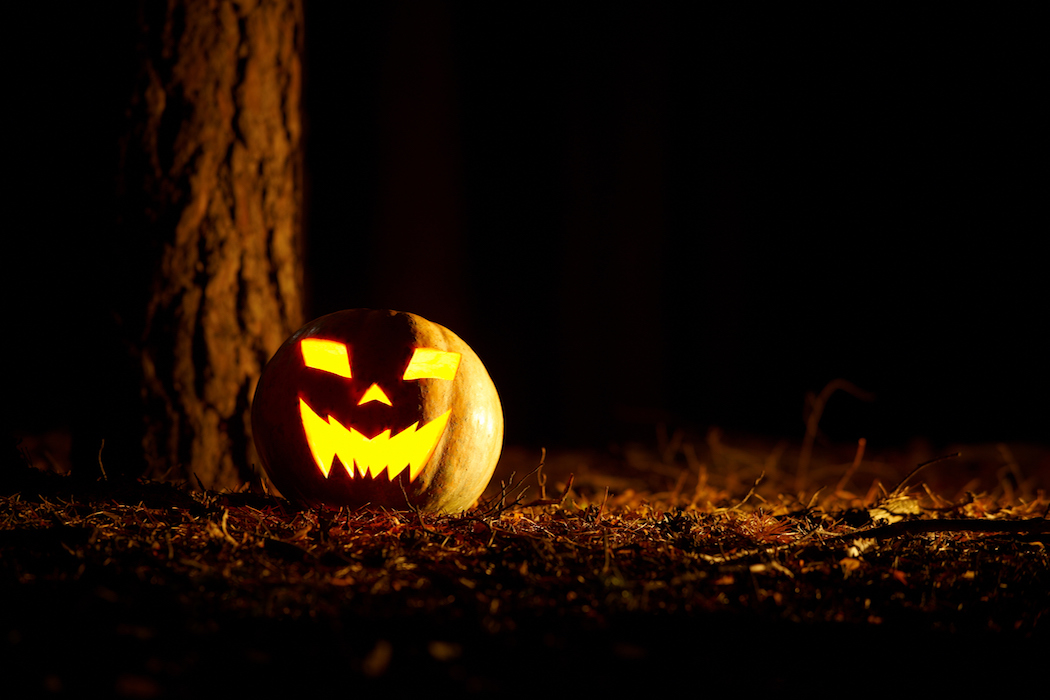
Jack O’ lantern in midnight forest.
Here is an interesting set of statistics: Way back in 2005, just over half of adults celebrated Halloween. Now that number is over 70 percent. But there’s more:
Those between 18 and 34 years old participate at the highest rate, and they’re also the holiday’s biggest spenders, shelling out over twice as much on their costumes as older adults and children.
Now here’s another set of statistics.
At the Pew Research Center, studies tracking America’s religious landscape found that although religious beliefs and practice have been declining at a rapid pace for people of all ages, the drop-off has been most pronounced among people ages 23 to 38. In 2019, roughly two-thirds attend worship services “a few times a year” or less, and 4 in 10 say they seldom or never go. A decade ago, it was more than half and only 3 in 10, respectively.
In short, young adults, millennials, to be more precise, are embracing Halloween with gusto at exactly the same time as they seem to be turning their backs on religion. The connection between Halloween and religion, especially Christianity, is a complicated one. Like so many of the holidays we observe, Halloween has its origins in pre-Christian celebrations that were co-opted by an early Church that had struggled to stamp out what it considered “pagan” observances and replace them with Christian practices.
So in the Christian tradition, the Celtic celebration of Samhain, held Nov. 1, a day marking both the fall harvest and the change of season in which the barrier between this world and the spirit world was at its thinnest, and the Roman harvest festival dedicated to the goddess Pomona, were morphed into All Saints Day, and the day before All Hallows Day. That evening becomes our Halloween.
Of course the early Church not only failed to stamp out Samhain, its modern descendent, as noted above, is today more popular than ever, even as some churches continue to rail against it. Why? An article at the website Anthropology in Practice offers one explanation:
The resilience of what we call Halloween suggests it provides us, as human beings, with something we are reluctant to relinquish. Halloween permits us to believe in a spiritual world that we can reach without the intervention of a empowered other, such as a priest.
The article from The Conversation on why Halloween has become so popular among millennials offers a very different answer, rooted in the transition from youth into adulthood and the exploration of identity and quest for possibility that often accompanies that:
[I]n embracing the holiday, emerging adults are doing more than reject traditional adulthood. They’re playing with identity in a way that puts their skills and cultural competence to work. They’re defining new ways to be – and become – an adult. And in the process, they’ve changed the way Halloween is celebrated.
So we’re going to talk about all this in our conversation this week. Why has Halloween become so popular? Is the attraction of the holiday deeper than simple “fun”? Is there a connection, beyond coincidence, with the decline in religious identity and practice among young adults? Join us for the discussion Tuesday evening, Oct. 29, starting at 7 pm at Homegrown Brewing Company in downtown Oxford.